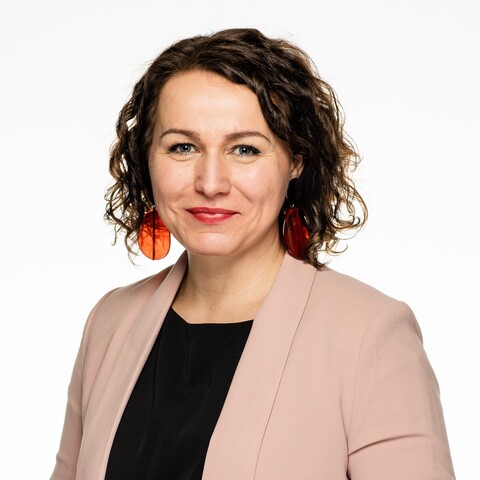The impact of early photography and electrotyping media on the creation of images and contemporary art
… Light opens to us the infinite space, makes visible to us on the earth the objects in their thousandfold colour gradations. It becomes in its interaction with the different bodies of the sense world, an inexhaustible source of the most interesting investigations. The chemical effects of light, no less than other branches of optics, have engaged the interest of nature lovers. Frequent repetitions and extensions of the experiments belonging to it have enriched science with a large number of facts (…)
PHELETYPIA examines original daguerreotypes from the early period of photography, produced according to specific Viennese methods, and asks what this research teaches us for the era of the digital image. The project uniquely combines photographic history, photochemistry, electrochemistry, conservation, and artistic research. We know very little about the properties of the early Viennese daguerreotypes, and even less about their transfer into electrodeposited printing plates for further photomechanical reproduction. Detailed research and comparison of the preserved daguerreotypes and photomechanical prints from Austrian and foreign collections will enable a detailed study of these pioneering methods from the early 1840s.
The starting point for PHELETYPIA is a sensational find in the collection of the Technisches Museum Wien: an etched daguerreotype with a view of the emperor Joseph monument on Vienna's Josefsplatz from the early 1840s. The scientific research carried out so far has shown that the surface properties of this unique silver-plated copper plate are very specific and its nanostructures highly complex, differing from what has been observed so far in daguerreotypes. For a deeper methodological understanding further scientific studies are necessary. Therefore, as many early – i.e. before 1845 – daguerreotypes as possible will be examined and compared in PHELETYPIA.
An essential aspect of photomechanical reproduction involves the combination of photography and electrotyping. The term "Experimental Electrochemistry" created for PHELETYPIA refers to the simulation of the Vienna daguerreotyping methods, their etching and transfer into electrotype printing plates. The experimental work will be carried out at the Technische Universität Wien. The surface properties of a daguerreotype, as well as of a printing plate or a graphic print on paper, are the most important sources of information. The surface morphology and chemistry with its trace elements provides information about manufacturing methods and the fidelity of image transfer to another medium. This information is crucial for the conservation of these precious and delicate artefacts. Consequently, an important emphasis of this project is the determination of aging phenomena and considerations for their preservation.
Another essential task of PHELETYPIA is to relate the findings on the early processes to reproduce photographic images to questions we are facing in the age of the digital. There, original and copy have become indistinguishable to a point that it no longer makes sense to apply these categories. These questions will be explored through artistic research: experiments will be undertaken to create a series of artworks. These will be shown in an exhibition conceived as a hybrid of a presentation of the scientific findings and an exhibition of contemporary artworks. This exhibition will accompany a concluding symposium at the end of the project.
Principal investigators and host institutions
Mag.art. Dr.rer.nat. Valentina Ljubić Tobisch - TU Wien
Mag. Anna Artaker - University of Arts Linz, opens an external URL in a new window (previously Academy of Fine Arts Vienna)
Univ.-Prof. i.R. Dipl.-Ing. Dr. Wolfgang Kautek - University of Vienna, opens an external URL in a new window


